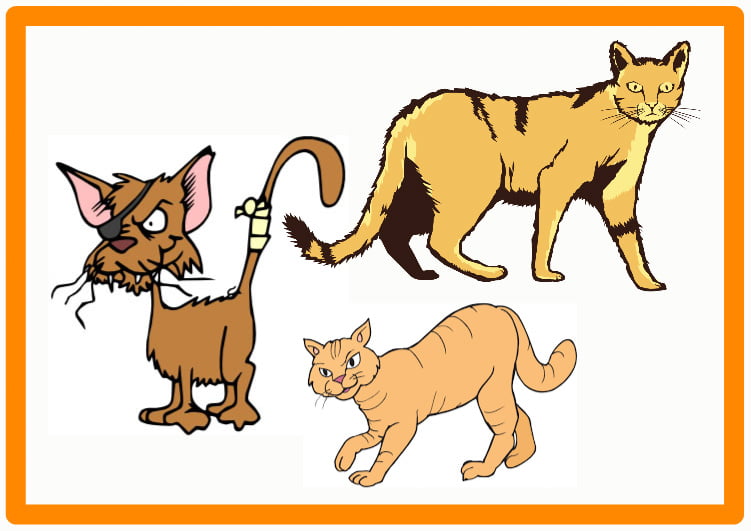Alley Cat Rescue in conjunction with ANIMALS 24-7 have provided some interesting data about TNR programs and their success. Some of the information surprises me and a lot of it delights me. It seems that Walt Disney established a large TNR1 feral cat colony at Disneyland in Anaheim, California in 1955. Was this the first ever feral cat TNR colony?
As at 2012 they estimate that there were almost 1,000 feral cat TNR programs in the US. They also estimate that cumulatively the programs have sterilised 2.6 million cats in 20 years.
An interesting statistic that they present is that it is their belief that there were around 8 million feral cats in the US as at 2012. I had believed that there were many more (around 80m). They state that this figure is about a quarter of the 1990 estimated peak of feral cat population size in the US of about 40 million. It would seem that the heavy reduction is due to the success of TNR programs across the country. The report concludes that they believe that “between 20% and 25% of the feral cats at large [in the US] in 2012 might have been sterilised.
The data relating to the success of TNR programs is impressive. They say that TNR programs have had the comparable effect of reducing feral cat litter sizes from four kittens to one.
This is a 72% reduction in kitten births at colonies monitored by this organisation since the introduction of feral cat population control by TNR programs.
TNR programs are on the increase dramatically. They are becoming more popular and they are becoming established. One helpful and useful spin-off from this is that bit by bit better relations are being created between the public and public bodies and TNR programs which in turn is a way of getting public support for these programs.
More than half of sterilise feral cats under TNR programs took place over the period 2012-2017. More feral cats have been sterilised in the past five years than in the preceding 20 years. This is a strong indicator of the expansion of these programs.
Since 2012, Alley Cat Rescue say that TNR programs have become more professional. They are more likely to work in partnership with animal control agencies and humane societies. They have more resources in terms of volunteers and employees. There is better community recognition of these programs.
Four surveys between 1992 and 2017 confirmed that 96% of feral cats under TNR programs have been vaccinated for rabies. This is almost twice the US vaccination rate for dogs.
Ear tipping (identification of cats who have passed through TNR programs) applies to 97% of the cats. Around two thirds of the cats (66.6%) received vaccinations for deworming, flea prevention and distemper. After tests, under 25% of the cat are vaccinated against FeLV and FIV.
The population sizes of feral cat colonies has gone down dramatically. By this I mean that the number of cats in a colony has reduced. The survey states that “larger mega-colonies appear to have dwindled towards the vanishing point”.
As at 2017, the survey discovered that, of the 204 programs responding to their request for information, at least 1.3 million feral cats at an average of more than 100,000 cats per annum had been TNR’d.
These participants had 45,100 cats in monitored colonies. Around 4,000 cats from these colonies had been rehomed (two thirds were kittens).
They state that in order to stabilise the population of feral cats there has to be a 70% rate of prevention of births due to sterilisation combined with the usual mortality.
An interesting side effect of more and more successful TNR programs is that feral cats become more visible as they are being fed by volunteers and they become less feral. True feral cats will hunt at night and feed on mice and other rodents for example and are therefore far less visible. This is probably a deficiency with the program in terms of public relations because it may leave the public with the impression that there are more feral cats than before when, according to this research, the exact opposite is taking place.
In addition, in 2017, TNR programs have a much higher profile than in the past leading to greater visibility. Thirdly, feral cats live longer and therefore are more likely to be seen.
Over the years, TNR programs have become much more professional. More than 70% of the 204 cat rescue and sterilisation organisations who responded to the survey had less than three paid employees. However, in 1992 there were no paid employees amongst the 190 TNR programs except for a small number of veterinarians and technicians.
Fifteen percent of the 204 programs in the survey have been in operation since at least 1992. Almost 40% of them have been in operation for at least 15 years and around 85% have operated for at least five years.
TNR is a success and becoming more successful. TNR is becoming accepted and established in the US. Americans are doing the right thing for feral cats. They are doing the humane thing despite some people believing that killing them is better.
Feral Cats Released Too Soon after Spaying Operation under TNR Program Causing Death
1. TNR = Trap-neuter-return OR TNVR = Trap-neuter-vaccinate-return.


Great news for TNR advocates! Congrats!
Yes, TNR is becoming more accepted which is great news.